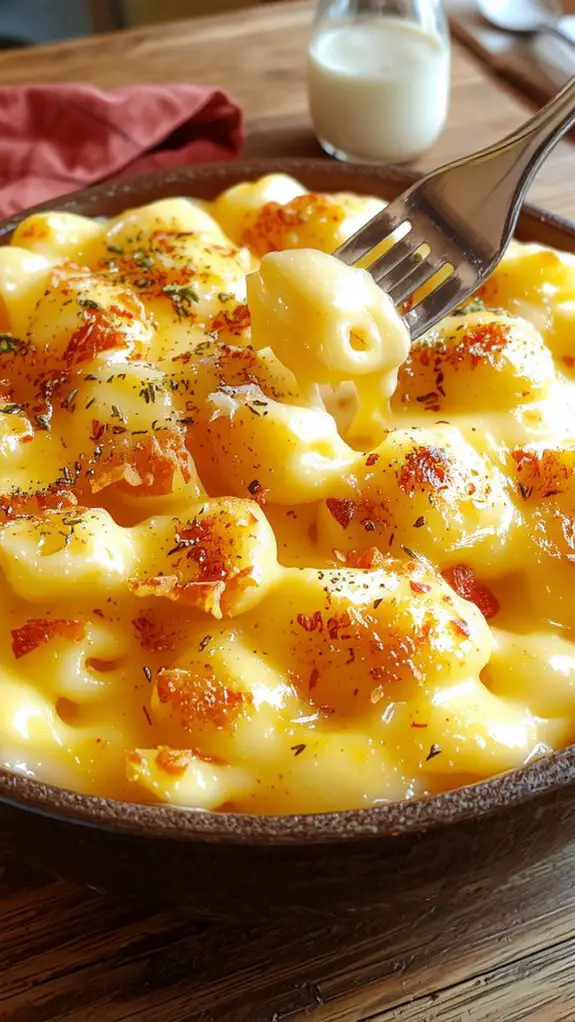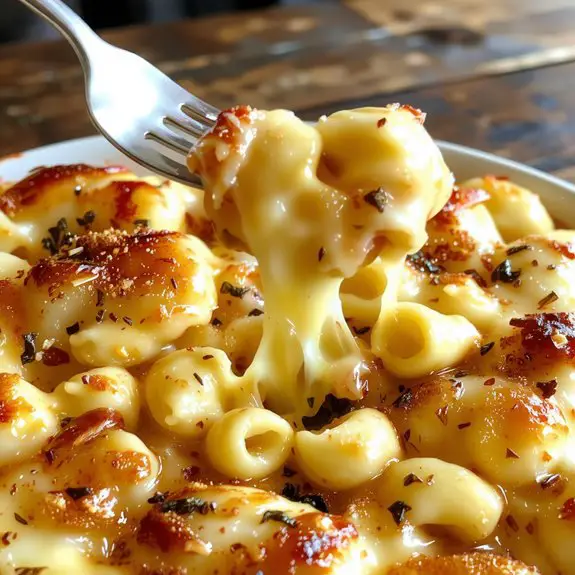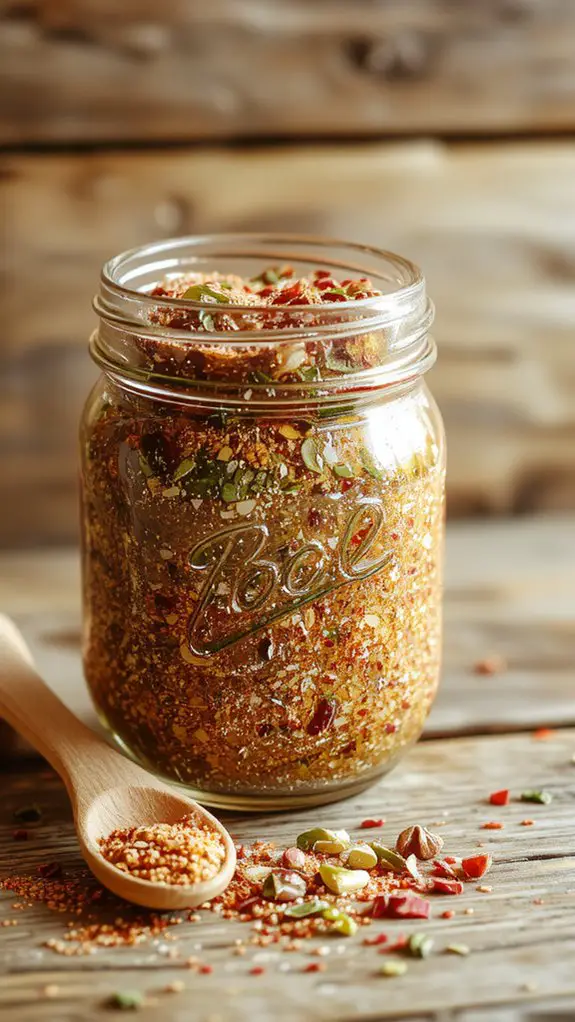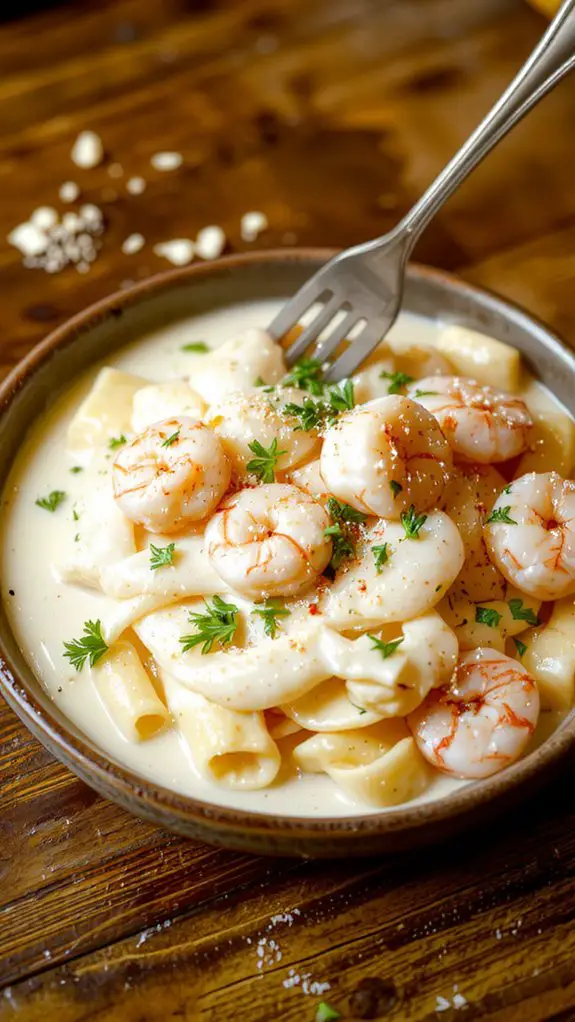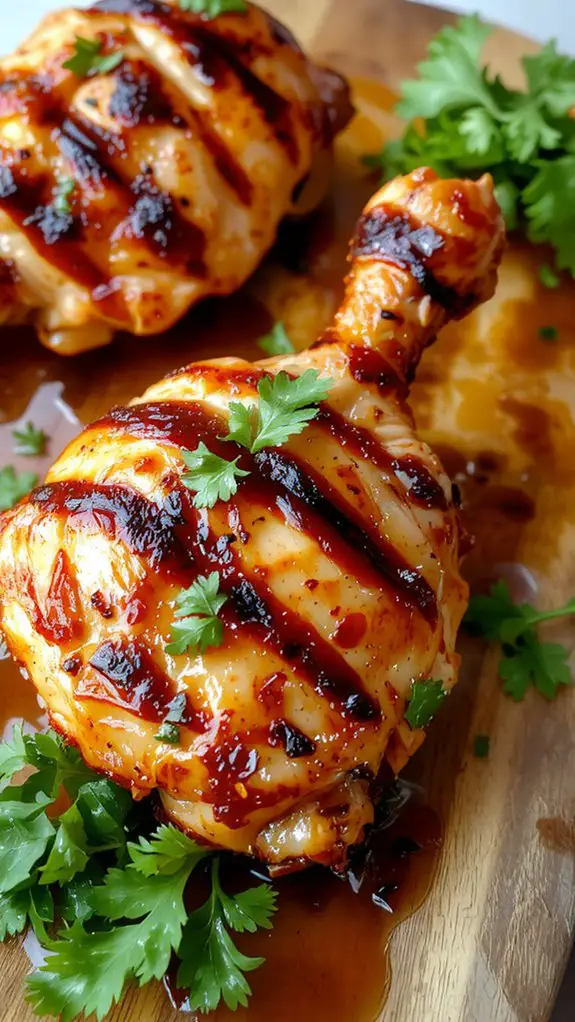Recipe
This is the homemade mac and cheese recipe you’ve been searching for—creamy, cheesy, and insanely comforting, with a flavor that blows the boxed stuff out of the water. What makes it stand out? A blend of sharp cheddar and Gruyère melted into a velvety béchamel sauce, then tossed with tender elbow macaroni and baked until golden and bubbly.
I’ve been making this for years, and it’s the dish everyone begs me to bring to potlucks. The secret is in the roux—it’s the backbone of the silky sauce that coats every noodle perfectly.
One bite, and you’ll taste the smooth, rich cheese with just a hint of nuttiness, topped with that irresistible crispy crust. Trust me, once you try this, there’s no going back. It’s easier than you think, and the payoff is pure cheesy bliss. Let’s get cooking!
Ingredients
The secret to next-level mac and cheese? It’s all about the ingredients. Skip the pre-shredded cheese—it’s coated in anti-caking agents that ruin the melt. Instead, grab a block and grate it yourself for that velvety, gooey texture. Here’s what you’ll need:
Pasta & Base:
- Elbow macaroni (8 oz) – The ridges hold onto the cheese sauce like a dream. Swap with cavatappi or shells if you want extra nooks for cheesy goodness.
- Unsalted butter (4 tbsp) – Controls the salt level and gives the roux a rich foundation.
Cheese (The Star):
- Sharp cheddar (2 cups, freshly grated) – Non-negotiable. Mild cheddar tastes flat, and pre-shredded won’t melt smoothly.
- Gruyère (1 cup, grated) – Adds nutty depth. No Gruyère? Try Emmental or Fontina.
- Parmesan (½ cup, finely grated) – For salty umami. Use the real stuff—not the green can.
Sauce Essentials:
- Whole milk (2 cups) – Skim milk makes the sauce thin and sad. For luxury mode, use half-and-half.
- All-purpose flour (¼ cup) – The roux thickener. Don’t sub with cornstarch here—it gets gloopy.
- Dijon mustard (1 tsp) – Secret weapon! Balances richness without tasting mustardy.
Flavor Boosters:
- Garlic powder (½ tsp) – Skip fresh garlic; it burns in the roux.
- Paprika (¼ tsp) – Smoked or sweet—both work. Adds warmth and color.
- Kosher salt & black pepper – Season in layers: pasta water, sauce, and finish.
Optional Upgrades:
- Panko breadcrumbs (½ cup, toasted) – For crunch. Toss with melted butter and a pinch of cayenne.
- Hot sauce (a dash) – Brightens the cheese without heat. Trust us.
Pro Tip: Grate the cheese while the pasta cooks—it melts faster and smoother when it’s room temp.
How to Make the Best Mac and Cheese Title
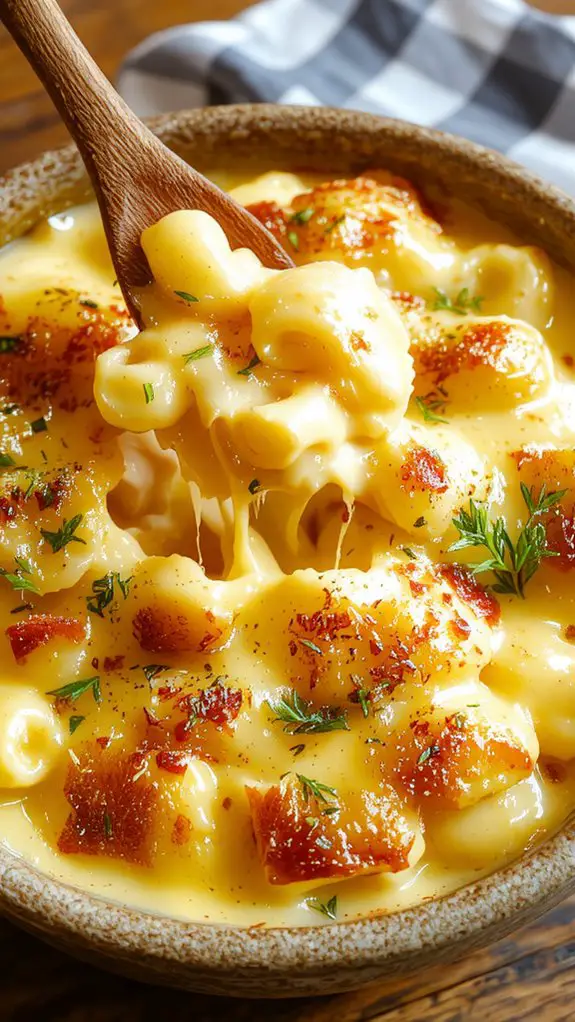
Gradually whisk in milk, starting with a slow drizzle to prevent lumps.
Keep whisking until the mixture is smooth and slightly thickened, about 3-4 minutes.
If the sauce feels too thick, add a splash more milk.
Add shredded cheese to the sauce, stirring until fully melted and creamy.
Use a mix of sharp cheddar for flavor and a melty cheese like Gruyère or Monterey Jack for smoothness.
Avoid pre-shredded cheese—it often contains anti-caking agents that can make the sauce grainy.
Combine the cooked pasta with the cheese sauce, stirring gently until every noodle is coated.
Be careful not to overmix, as this can break down the pasta.
Add a pinch of salt and black pepper to taste.
Transfer the mixture to a greased baking dish.
For extra indulgence, sprinkle a layer of breadcrumbs or more shredded cheese on top.
This creates a deliciously crispy crust.
Bake for 20-25 minutes, or until the top is golden and bubbly.
Avoid overcooking, as this can dry out the dish.
If you prefer a creamier texture, bake for less time or skip the baking step altogether and serve as stovetop mac and cheese.
Let it cool for 5 minutes before serving.
This allows the sauce to set slightly and makes it easier to dish out.
Enjoy immediately for the best flavor and texture!
Nutrition
This homemade mac and cheese recipe is a comforting dish packed with flavor and essential nutrients. Below is the nutritional breakdown per serving.
| Nutrient | Amount Per Serving |
|---|---|
| Calories | 480 |
| Total Fat | 24g |
| Saturated Fat | 14g |
| Cholesterol | 75mg |
| Sodium | 620mg |
| Total Carbs | 42g |
| Dietary Fiber | 2g |
| Sugars | 6g |
| Protein | 20g |
Chef Tips
Mastering homemade mac and cheese isn’t just about ingredients—it’s about technique. I always cook the pasta al dente; it prevents mushiness. Use fresh cheese—avoid pre-shredded—it melts smoother.
Roux is key for creamy sauce; cook it till golden but not burnt. Add milk gradually while whisking. Season generously, and taste as you go.
Bake uncovered for a crispy top. Serve immediately for the best texture.
Frequently Asked Questions
Can I Use Gluten-Free Pasta?
Yes, I can use gluten-free pasta; it’s a great alternative if I’m avoiding gluten. I’ll cook it al dente since it’s often softer than regular pasta, and it’ll still pair perfectly with the cheese sauce.
How Do I Store Leftovers?
I store my leftovers in an airtight container and keep them in the fridge for up to 3 days. If I plan to eat them later, I freeze portions in a freezer-safe container for up to 2 months.
Can I Freeze Mac and Cheese?
Yes, I can freeze mac and cheese. I’ll portion it into airtight containers or freezer bags, leaving space for expansion. It’ll keep for 2-3 months. When reheating, I’ll add a splash of milk to restore creaminess.
What Cheese Substitutes Work Best?
I’d use Parmesan for sharpness, Gruyère for creaminess, or smoked Gouda for flavor. Vegan cheeses like cashew-based options work too. If I’m out of cheddar, I mix a few cheeses—it’s surprising how versatile substitutions can be.
Can I Make This Recipe Dairy-Free?
Yes, I can make it dairy-free. I’ll use plant-based milk like almond or oat and swap dairy cheese for vegan cheese or nutritional yeast. I’ll also replace butter with dairy-free margarine or coconut oil.

